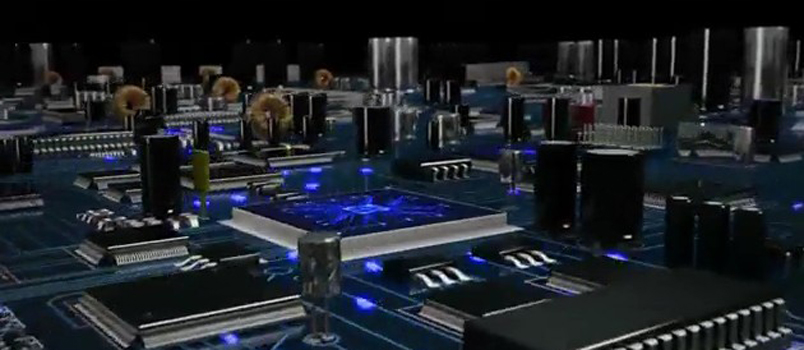Board designs are very specialized tasks only attained by expert designers and electrical engineers with loads of experience. Laying out of the design is daunting and challenging sometimes. This is because the board consists of many components that require the knowledge of novice electricians to make the product run efficiently and fast.
The PCB layout determines the performance of the PCB. If the layout is poor, then there will be reduced performance by the PCB. If the groundwork is of high quality, then that will give a PCB with low susceptibility and low emission, which in turn makes it first. Different ways are in place on how to acquire High Speed Board Design with better signal requirements. Below are different ways to acquire high-speed board design.
Selection of materials
Selection of board materials is very important for dissipation, impedance and all characteristics linked to0 signals. The number and order of the layers play the biggest role when it comes to determining the low-impedance system desirable for any PCB to work well.
Capacitor decoupling
Reducing the loop area, the value of the track inductance and the length of the tracks, greatly reduces the ground track impedance, which in turn provides a better source of charge near the logic gates.
Take advantage of the PCB trace inductance, which is proportional to its length, and reduce the length of the high transient current carrying critical traces. Increase the width of the power supply to reduce the length of the critical traces.
Use stripline and microstrip methodologies
Route high signal speeds using microstrip and stripline methodologies, designed to allow a high-speed signal to return to its correct path after it has had its run through routed traces. The requirements of the physical structure greatly affect the boards speed decisions.
Of the two routing methodologies, microstrip is easier to use has it comes with routed trace transmission line on the boards external part. A dielectric material separates the board and the ground plane. On the other hand, stripline routing is more complex and requires your board to have ground planes on either side of an integral signal.
Terminations
Design your terminations of the design source by minimising any reflections. Every operation frequency of a termination wholly depends on the ability to absorb as much energy as possible and to minimise the reflection of signals. Make sure to get terminations with that have low parasitic capacitance but with excellent and high impedance in order to increase the speed of your board.
Synchronous clocking
Synchronize the board design to the internal clocks in order to eliminate Dot Crawl. This gives the board more output even with a limited bandwidth of the available signals. With more output, speed increases.
Optimise thermal management
Optimising board thermal management ensures the boards reliability and increases its speed. It also cuts down on costs. Improper thermal management brings about heat issues, which adversely affect the board and its transmission of services. Improvement on all cooling airflow and overpopulated boards enhances a natural flow of air to any individual overheating component thus improving the speed of the design.
Wrapping it up
Every board needs proper layer management and the best PCB software to attain their maximum speeds. A slow board is a headache to the business and ends up losing the business a lot of time and so many cost. Watch out for all the areas that could slow down the board design and work on them to maximise speeds by following the above guidelines.





